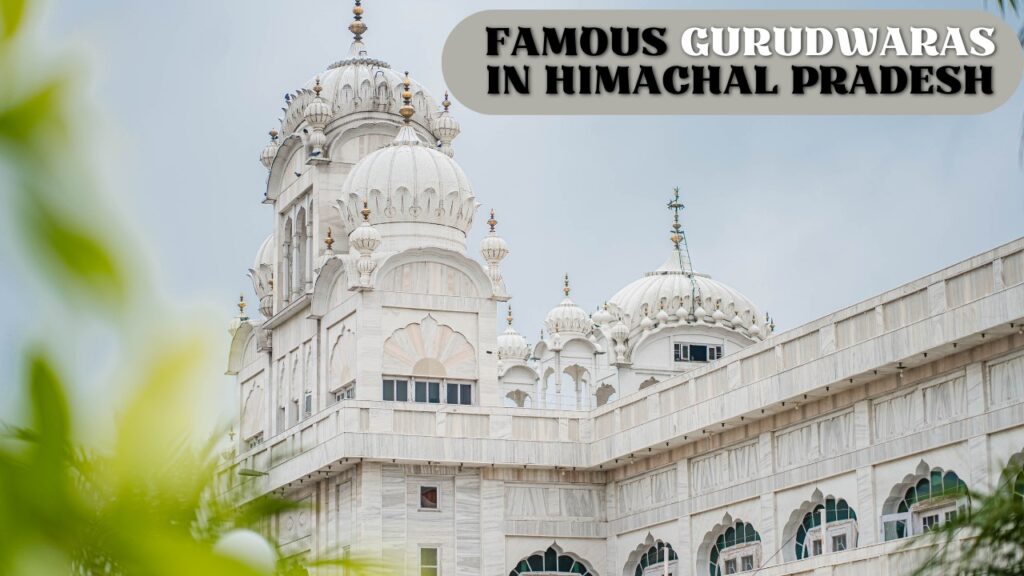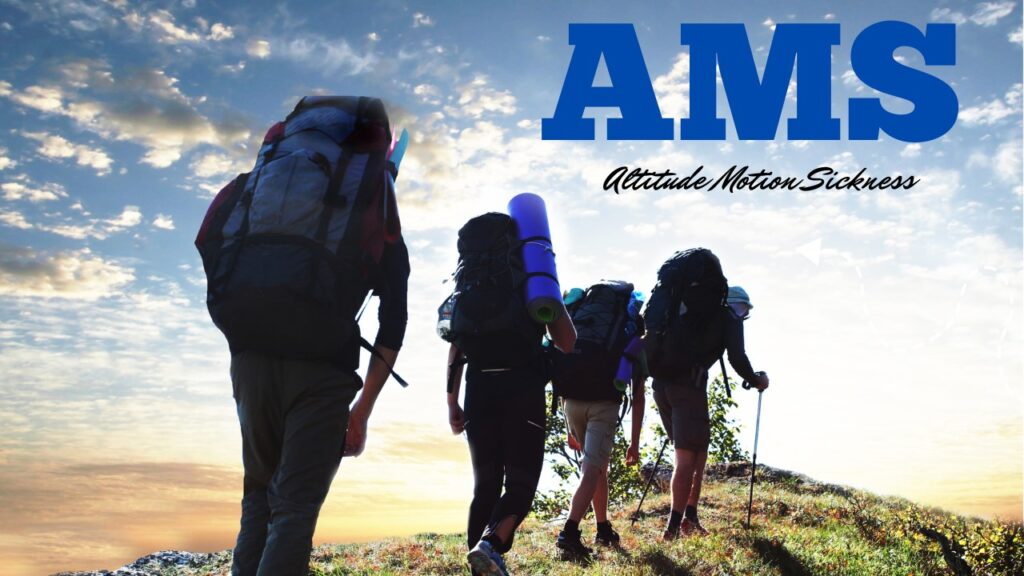The Manali Leh highway is one of India’s most iconic and challenging road trips, cutting through the awe-inspiring Himalayan landscape. A Manali to Leh trip is a journey of a lifetime, but it demands careful planning and preparation due to its high altitudes, unpredictable weather, and demanding road conditions. This guide covers everything you need to know to make your adventure safe and unforgettable.

Road Status and Best Time to Go
The Manali Leh highway is a seasonal route, typically open for all traffic from late May or early June until mid-October. The Border Roads Organisation (BRO) works tirelessly to clear snow and maintain the road during this period. However, road conditions can change rapidly, so it’s always essential to check for the latest updates like weather, road conditions etc, before you decide to travel.
The best time for a Manali to Leh trip is from July to September. During these months, the snow has largely melted, water crossings are more manageable, and the weather is generally more stable. It is best to avoid travelling during July and August due to heavy rains, cloudbursts and floods.
Route Overview and Key Passes
The total distance of the Manali Leh highway is approximately 470-479 km. The route passes through several high-altitude mountain passes that are as beautiful as they are challenging.
Rohtang Pass (3,978m / 13,050 ft)
The first major pass on the route. The Atal Tunnel now provides a much faster and safer alternative, bypassing the pass directly. This tunnel opened for the general public in 2020. Before that, vehicles had to cross the Rotang Pass, which was very tiring and time-consuming.
Baralacha La (4,890m / 16,040 ft)
Baralacha La Pass connects the Lahaul Spiti district of Himachal Pradesh with Leh Ladakh. Once you cross this pass, you are in the UT of Ladakh. Your prepaid mobile connections will stop working, and only postpaid connections are valid in Ladakh. Baralacha La is a high-altitude pass known for its stunning views, but it is often covered in snow.
Nakee La (4,739m / 15,547 ft)
Nakee La is the next high altitude pass known for the famous Gata Loops, a series of 21 hairpin bends. It is located between Sarchu and Pang, two major stops on the Manali Leh route.
Lachulung La (5,065m / 16,616 ft)
This is another high-altitude pass on the Manali to Leh journey. Though this is one of the easier 16,000 ft (4,880 m) passes, due to elevation, those who have not undergone acclimatisation may face symptoms of altitude sickness.
Tanglang La (5,328m / 17,480 ft)
One of the highest motorable mountain passes in the world, Tanglang La is known for its dramatic and breathtaking scenery, featuring rocky mountains, snow-covered peaks, and stunning views of the surrounding valleys. You will also find Buddhist prayer flags fluttering across the pass, splashing colours on the white, snowy landscape.
Modes of Travel for Your Adventure
There are four main options for your Manali to Leh trip: own bike, own car/SUV, a hired taxi, or the HRTC bus.
Motorcycle Trip
This is the quintessential way to experience the Manali Leh highway, offering unparalleled freedom and adventure.
Pros: The freedom to stop anywhere, an intimate connection with the landscape, and a sense of camaraderie with fellow riders.
Cons: It’s physically demanding, carries a higher risk of accidents or breakdowns, and requires a good understanding of bike mechanics.
Preparation
Get your bike thoroughly serviced and carry essential spares. Make sure you have proper riding gear, including a helmet, armoured jacket, gloves, and waterproof boots. Crucially, the last reliable petrol pump before Leh is in Tandi, so plan your fuel stops accordingly.
Car/SUV
A comfortable choice, especially for groups or families who want to travel with more amenities and protection from the elements.
Pros: Greater comfort, more luggage space, and better protection from harsh weather.
Cons: Less thrilling than a bike, and can be challenging on bad roads or while crossing water. High ground clearance is a must.
Also Read …. Kashi, India: A Haven for Seekers and Believers Alike
Preparation
A full vehicle service is essential. Carry an extra spare tire, an air pump, a tow rope, and basic tools. Like with bikes, plan your fuel at Tandi.
Hired Taxi/SUV
This is the most stress-free option, allowing you to focus entirely on the scenery. Besides, the drivers highly experience for this type of terrain.
Pros: You get an experienced local driver who knows the roads, no vehicle maintenance worries, and door-to-door service.
Cons: It is the most expensive option and offers less flexibility for spontaneous stops.
Booking
Book from an authorised taxi stand located at the Mall Road in Manali and agree on the fare beforehand. A typical Manali to Leh trip in a hired taxi takes two days with an overnight halt.
HRTC Bus
This is the most economical and authentic way to travel the Manali Leh highway.
Pros: Very cost-effective, no need to worry about driving, and you can rely on highly experienced drivers.
Cons: Less comfortable and flexible, and accommodation during overnight halts can be basic.
Schedule
HRTC runs a direct bus service from Delhi to Leh, passing through Manali, which takes approximately 30-32 hours. The bus starts from Delhi at 1215 pm, reaches Manali at 230 am in the dead of night, reaches Keylong by 5 am and leaves for Leh at 530 am, finally reaching Leh Ladakh by 6 pm. Private operators may also be running bus service between Manali to Leh or from Delhi to Leh, passing through Manali.
General Tips for a Successful Trip
Regardless of your mode of transport, these tips are crucial for a safe Manali to Leh trip:
Acclimatisation is Non-Negotiable
Leh is at a very high altitude. Spend at least one night in Keylong or Jispa on the way up. Once in Leh, take it easy for the first 24 hours.
Stay Hydrated
Drink lots of water and liquids daily to prevent Acute Mountain Sickness (AMS). Besides water, one can drink juice, soups, etc.
Pack Smart
Wear layered clothing, as temperatures can vary drastically. Carry a good-quality jacket, thermals, and waterproof layers. Don’t forget sunscreen, sunglasses, and a hat to protect against intense UV radiation.
Also Read … Holi in Vrindavan
Carry Cash
ATMs are scarce after Keylong. Have enough cash in smaller denominations for the entire journey.
Connectivity
Mobile networks are unreliable on the highway. BSNL and Jio often have the best coverage, but only postpaid numbers work once you enter Ladakh. Also, remember prepaid connections do not work in Ladakh and Jammu & Kashmir.
To SumUp
The Manali to Leh trip is a journey that offers more than just scenic beauty; it’s a profound test of endurance and a true adventure for the soul. By choosing the mode of transport that best fits your style, preparing thoroughly, and respecting the challenges of the Manali Leh highway, you are set to embark on an unforgettable experience that will leave you with a lifetime of memories. With proper planning and a sense of adventure, your Manali to Leh trip will be an epic journey you’ll never forget.
Disclaimer
The Manali to Leh trip is a challenging and potentially dangerous high-altitude road journey. Weather conditions can change without warning, and the highway is prone to landslides and other hazards. Proper acclimatisation, thorough preparation of your vehicle, and carrying essential supplies are crucial for a safe journey. Travellers are advised to exercise extreme caution and be aware of the risks involved.



